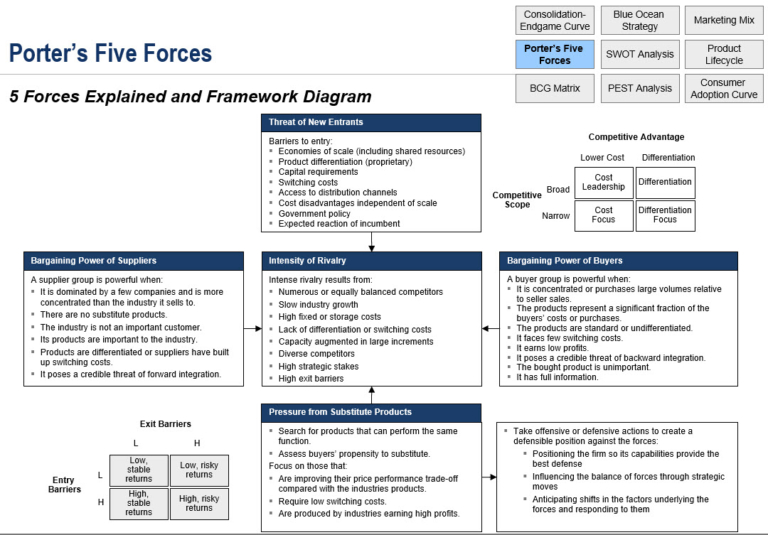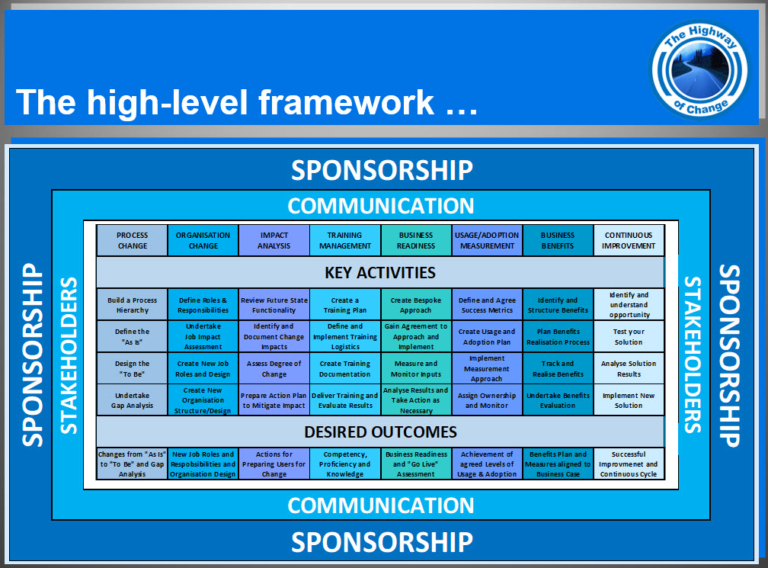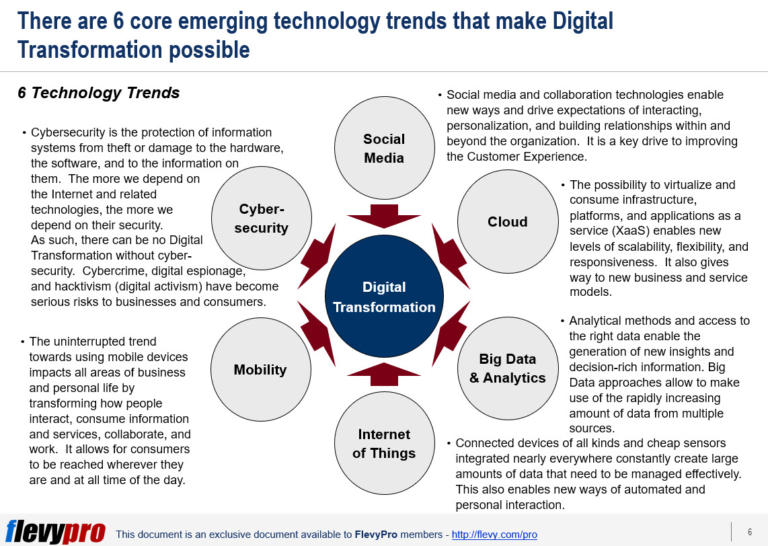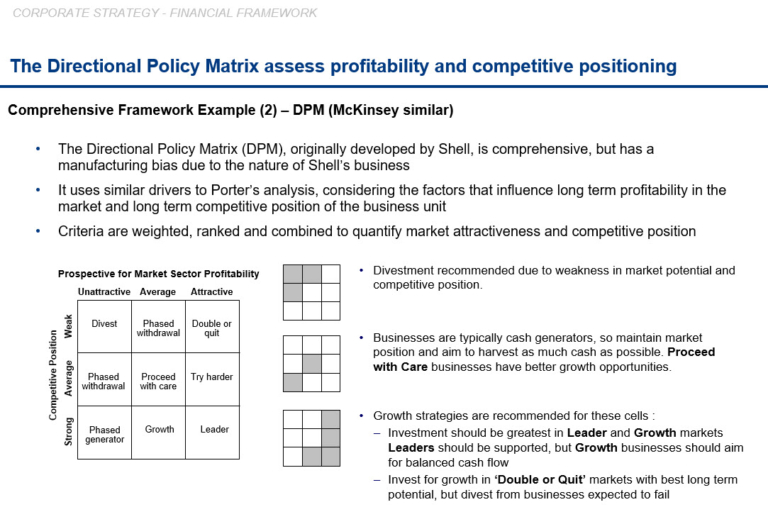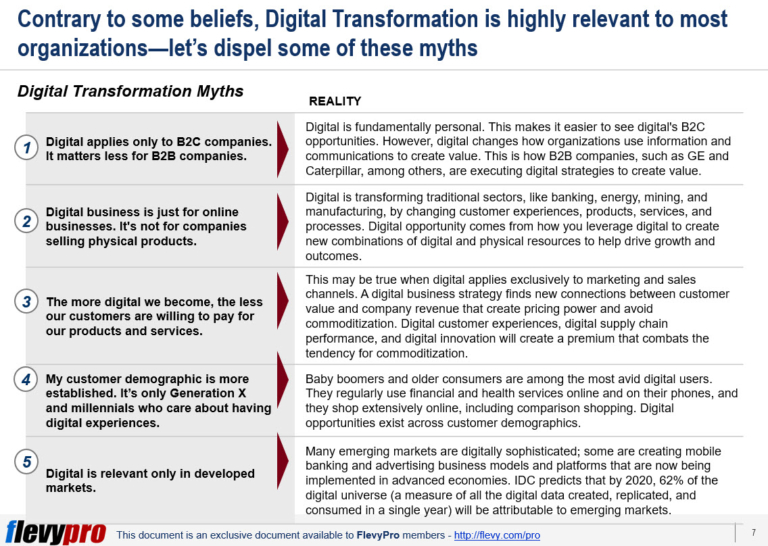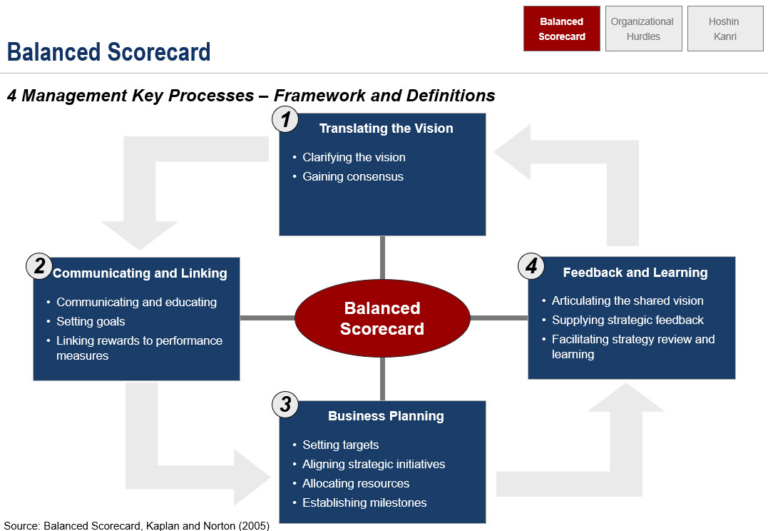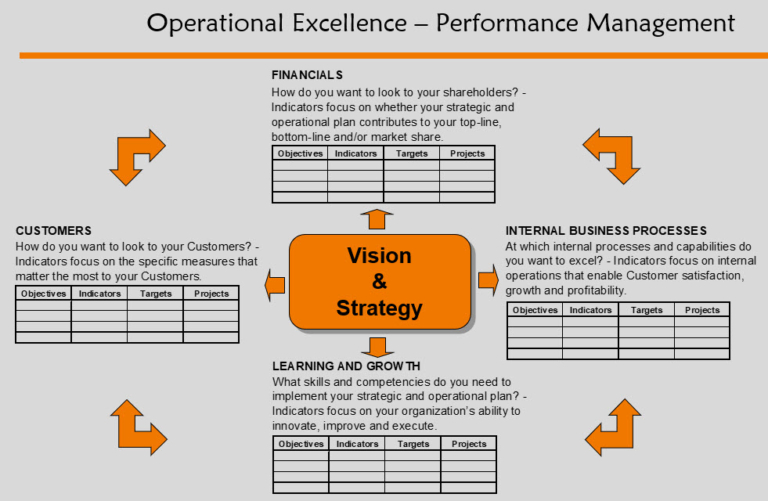There is no secret that management consultants make good money. This is justifiable since they tend to come from the best business schools and work crazy hours. The former is self-selective. Tier 1 and 2 consultancy firms only hire from the top b-schools unless a person has some incredible skill or talent to make them competitive among their peers. Why is this the case? Well, these firms have to justify their high billable rates. Consultants work from project to project. In-between, they ride the “bench” which does not generate any real direct revenues. Usually, before a consultant works on a project, the project has to be won. This means that their CV gets placed in a proposal and must be marketed and sold.
For the latter (crazy hours), these projects either have very aggressive timelines and/or are global. The timeline issues can actually be somewhat controlled by the firms. However, depending how good the salesperson is when it comes to acquiring the project, one of the easiest strategies to win the deal is to cut project cost without cutting project scope. Thus, this shrinks the number of billable hours but deliverables still stay the same. Global clients could have business units in vastly different time zones which could mean that consultants might need to take calls and/or answer messages during the wee hours of the morning.
Now that we justified consultants’ expensive billable rates, what is the true value that they deliver? At-the-end-of-the-day, it tends to be a set of documents. While the content of these documents encapsulates hard-to-find intelligence, insights and wisdom, sometimes they are presented in quite simple ways.
The images in this blog post showcase how the content are presented. As you can see, basic shapes and symbols are used. So, why is this? Why don’t these very smart consultants with their very expensive MBAs and access to very intelligent knowledge management systems show-off by producing complex and beautiful (well, in the eye of the beholder) diagrams? One reason is that simplicity can be understood easier and to a wider audience.
So, what you see are rectangles, triangles, circles and lots of arrows. Colors are also used to segment information or as alerts. Again, this is basically it. But how the consultants choreograph the movement of information along the document can be equated to a novelist writing a story. The flow is the key. Everything has to make sense and the content is gold.
As you can see, it doesn’t take a Graphic Designer to make these diagrams. Thus, the diagrams and how they flow within the stories that they need to tell can be taught to secondary school students once they understand that what is important is the content in the diagram and not just the diagram itself.
And now I chime in… 😊 Working at IBM GBS, I have done management consulting projects. However, I’ve also needed to use consultative skills to sell large and small IT solutions to enterprises. The technique that we use is called consultative selling. We don’t push product or services initially. What we do is to ask questions and get to understand the clients “As-Is” and “To-Be” states. We try to figure out what are their pain points and dreams. We then use customized documents with the clients’ specific information along with our own knowledge to define the right solution. This is quite similar to management consultant’s deliverables.
These real-world experiences would be quite valuable within the IB programs (MYP, DP, CP) to mentor and guide students as they try to figure out what is their passion and what are the pragmatic tasks that they will do in their future career paths. Also, from an administration and vendor standpoints I can help improve organizational performance as I am in the habit of collecting lots of different consultancy frameworks and templates and have the experience to use them accurately with good results. If you like to know more on how I can provide this enablement, Let’s Talk!


